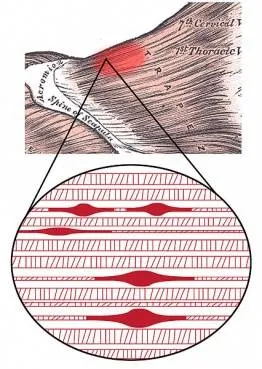How Does Dry Needling Release Trigger Points?
Dry needling is a non-invasive, pain relieving treatment that utilizes solid filament needles to release myofascial trigger points. It’s safe and effective, and should only be performed by an accredited physical therapist. Before any treatment session begins, the therapist will conduct an evaluation and movement assessment to determine if dry needling is suitable for you. During this evaluation, they’ll identify areas of your body which feel stiff and painful when touched.
Stimulates the Nerves
Trigger points are knotted muscles that can cause persistent pain and inflammation throughout your body. They often develop in the fascia, a sheet of connective tissue surrounding muscles, nerves, and blood vessels. Dry needles inserted into trigger points rub against nerve endings or neural tissue (known as sensitive loci or nociceptor cells). This causes a localized twitch response which initiates muscle contraction and relieves tension in the area.
At Accelerate Therapy & Performance in Fulton, MD, the physical therapists specialize in dry needling for chronic pain conditions and musculoskeletal issues. Dry needling has been known to alleviate myofascial pain syndrome and fibromyalgia; it may even hasten recovery from knee injuries or tendinitis.
Increases Blood Flow
Dry needling is an evidence-based treatment that uses thin needles to release trigger points and reduce pain. It has many applications, from migraines to sciatica to inflamed tissues. Treating a trigger point can increase blood flow to the area, helping flush out muscle tension and relax nerve fibers that transmit pain signals. This also triggers endorphins – your body’s own natural pain medication!
Trigger points are localized areas of muscle that can cause local and referred pain. They may cause tightness, reduced flexibility, referred discomfort or tenderness.
Decreases Pain
Dry needling has become an increasingly popular drug-free solution for those suffering from muscle pain and mobility issues, particularly athletes. It often works in combination with massage, stretching and exercise to reduce musculoskeletal discomfort and increase range of motion.
Dry needling is a technique in which your physical therapist inserts a needle directly into a trigger point to stimulate it and release tension. This may cause localized twitches similar to spasms, helping restore normal muscle movement and function.
The twitch response also stimulates blood flow, flushing out the area and relieving pain. For this reason, osteoarthritis patients may benefit from this treatment as it reduces inflammation associated with joint discomfort and stiffness.
Trigger points are hyperirritable muscle knots that may produce local or distant pain patterns. They are divided into active trigger points which cause discomfort, and latent trigger points which elicit discomfort upon pressure or palpation.
Relieves Tension
Your physical therapist will identify the trigger point that is causing you pain, then insert a needle directly into this point with an up-and-down “pistoning” motion.
When the needle strikes the trigger point in the muscle, it causes a localized twitch response. This is usually an intermittent sensation that dissipates after some time has passed.
Trigger points can form as a protective mechanism in response to repetitive movement, sustained postures or injury. They are caused by an excess release of acetylcholine–a neurotransmitter that normally stimulates muscle movement–by overexcitation.
Dry needling is used to relieve tension and release trigger points that cause pain. It should be part of a comprehensive physical therapy program that also includes joint mobilizations (when your therapist moves your joints with their hands), stretching or soft tissue work (massage). Not only does dry needling speed up healing time but it also retrain muscles so future trigger points are less likely.
If you’re interested in learning more about dry needling and how it can help with your pain, visit Accelerate Therapy & Performance’s Dry Needling page or contact us to schedule an appointment with our team of specialists.



